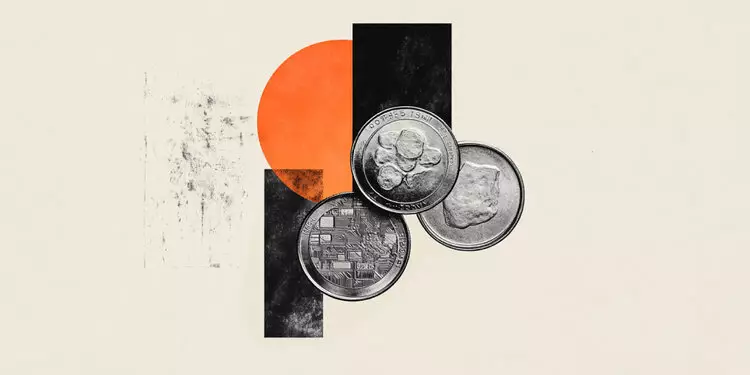Silver, a precious metal often overshadowed by its illustrious counterpart, gold, is currently navigating a fluctuating price trajectory. As of now, silver prices hover above $34.54, showcasing resilience despite a brief dip below the $34 mark. The dynamics of supply and demand continue to shape its market behavior, especially as buyers reemerge during moments of intraday weakness. Although recent trading sessions saw a modest dip of 0.52%, silver retains its position around the crucial $34.50 threshold, which acts as a significant pivot point for traders and investors alike.
The Relative Strength Index (RSI) presents an optimistic outlook for silver enthusiasts, indicating a bullish sentiment. Should silver surpass the $35.00 resistance level, it may embark on a journey towards the 2012 high of $37.49. This potential rally underscores the inherent volatility and opportunity that exists within the silver market, signaling optimism for those willing to engage with this dynamic asset.
Understanding the Market Forces at Play
Investors must recognize that silver prices are susceptible to a myriad of economic factors. Recently released upbeat economic data from the United States exerted downward pressure on prices, momentarily pushing silver below the critical $34.00 level. However, the quick rebound demonstrates silver’s intrinsic value as a precious metal worthy of consideration during times of market uncertainty. Its role as a non-yielding asset means it is particularly appealing to investors searching for stability outside of conventional equities.
The delicate balance between investor sentiment and external economic conditions can lead to significant price swings. For instance, the performance of the US dollar plays a pivotal role in determining silver prices. As the dollar strengthens, silver often finds itself constrained, while a depreciating dollar may propel silver’s value forward. This interplay reveals the need for investors to stay alert and agile in response to the broader economic landscape.
The Broader Significance of Silver
Silver’s appeal is not solely a product of market speculation. It historically serves as a store of value and medium of exchange, akin to gold, albeit with unique attributes that set it apart. The industrial demand for silver has grown exponentially, particularly in emerging technologies such as electronics and renewable energy sources like solar power. As technology continues to advance, silver’s high electrical conductivity positions it as an essential material, further propelling its market demand.
Moreover, silver stands out due to its affordability compared to gold, making it accessible for a wider range of investors. Whether it’s through physical forms such as coins and bars or financial instruments like Exchange Traded Funds (ETFs), investors can easily diversify their portfolios with silver. This versatility adds a compelling layer to silver as a viable investment choice, particularly for those wary of inflationary pressures that may undermine traditional cash reserves.
The Interconnected Nature of Precious Metals
The inseparable relationship between silver and gold often dictates market movements. As gold prices ascend, silver typically rallies alongside it, lending credence to their collective status as safe-haven assets. The Gold/Silver ratio, a metric indicating how many ounces of silver are equivalent to one ounce of gold, serves as a barometer for assessing potential investment opportunities in both metals. A high ratio may imply that silver is undervalued, while a low ratio can suggest the opposite.
Understanding the nuances of this relationship can be instrumental for strategic investors. The interplay of traditional market dynamics and the emerging trends in technological applications for silver presents a fertile ground for making informed investment decisions.
Looking Ahead: What Investors Should Consider
As enthusiasts of precious metals navigate the silver market, keeping abreast of economic indicators, geopolitical events, and industrial demands will be crucial. The growing interdependence between global economies, especially in powerhouses such as the U.S., China, and India, suggests that the silver market will continue to experience fluctuations, offering both challenges and opportunities.
Silver embodies potential resilience in these turbulent times. The re-emergence of buyers when prices falter indicates a robust underlying demand devoid of speculative frights. Thus, whether driven by industrial use or investment interest, silver remains an asset with luminous potential in any diversified portfolio. Now more than ever, silver deserves attention not merely as a secondary player in the precious metals market, but as a vibrant opportunity ready for exploration.

